«Горы — не стадионы, где я удовлетворяю свои амбиции, они — храмы, где я исповедую мою религию»
Анатолий Букреев

Эверест
ТРАГЕДИЯ 10−11 МАЯ 1996 Г УНЕСЛА ЖИЗНИ 5 ЧЕЛОВЕК
Смотреть далее...
В период с 10 по 11 мая при попытке покорить Эверест погибли 5 альпинистов Долгое время эта трагедия считалась самой смертоносной в истории коммерческого альпинизма

Эверест — высочайшая вершина мира
На протяжении многих лет эта вершина считалась самой неприступной на земле. Её ПО ПРАВУ НАЗЫВАЮТ ГОРОЙ УБИЙЦЕЙ
Не взирая на опасность люди продолжают стремиться на высочайшую вершину, словно их тянет какая - то невидимая сила.


Каждый сезон на горе погибают около 10 человек









Между группами чувствовалась конкуренция. Каждый лидер хотел привести своих клиентов к вершине. Игнорировались все правила подъема, и важные решения принимались на высоте, что категорически недопустимо!
Что произошло в мае 1996 года? Конкуренция или азарт?
Две коммерческие группы — «Горное безумие» и «Консультанты по приключениям» в составе 30 человек вышли на штурм вершины Эвереста на рассвете 10 мая
В экспедиции было 8 шерпов и 16 коммерческих клиентов, во главе со своими лидерами — американцем Скоттом Фишером и новозеландцем Робом Холлом
Скотт Фишер лидер группы «Горное безумие»
Роб Холл, лидер группы «Консультанты по приключениям»







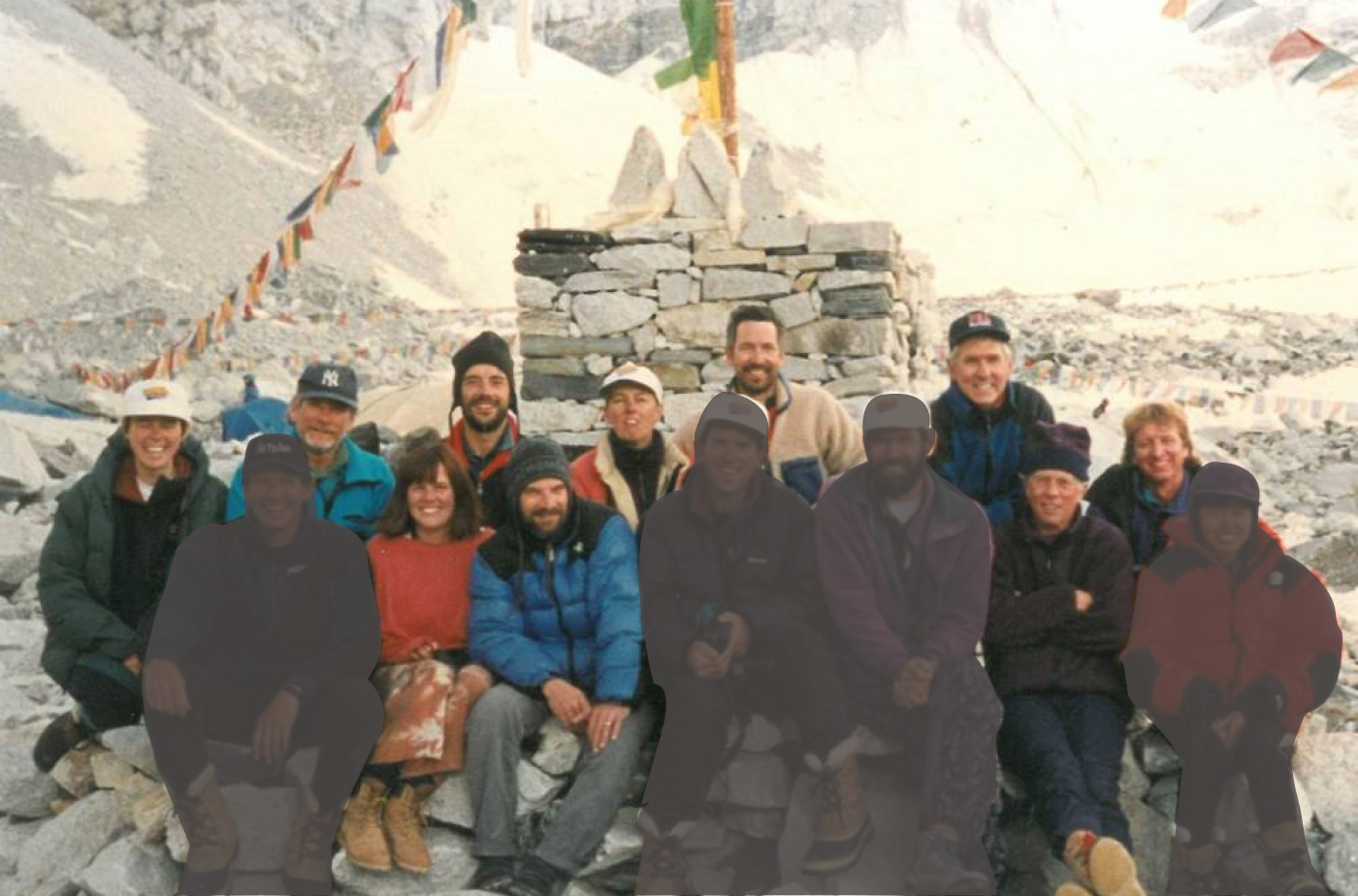
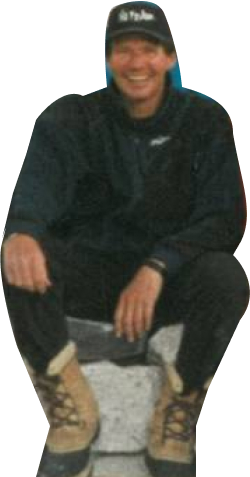
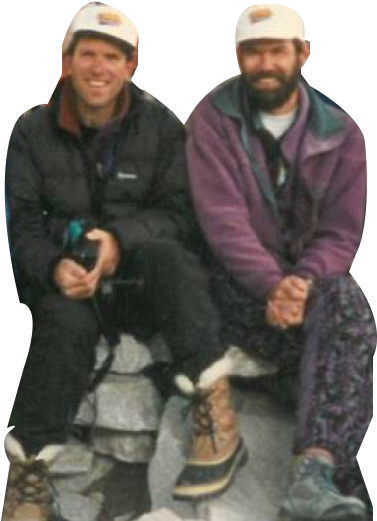
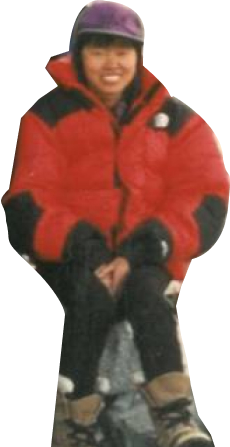
ПРИ ВОСХОЖДЕНИИ БЫЛИ ДОПУЩЕНЫ ФАТАЛЬНЫЕ ОШИБКИ
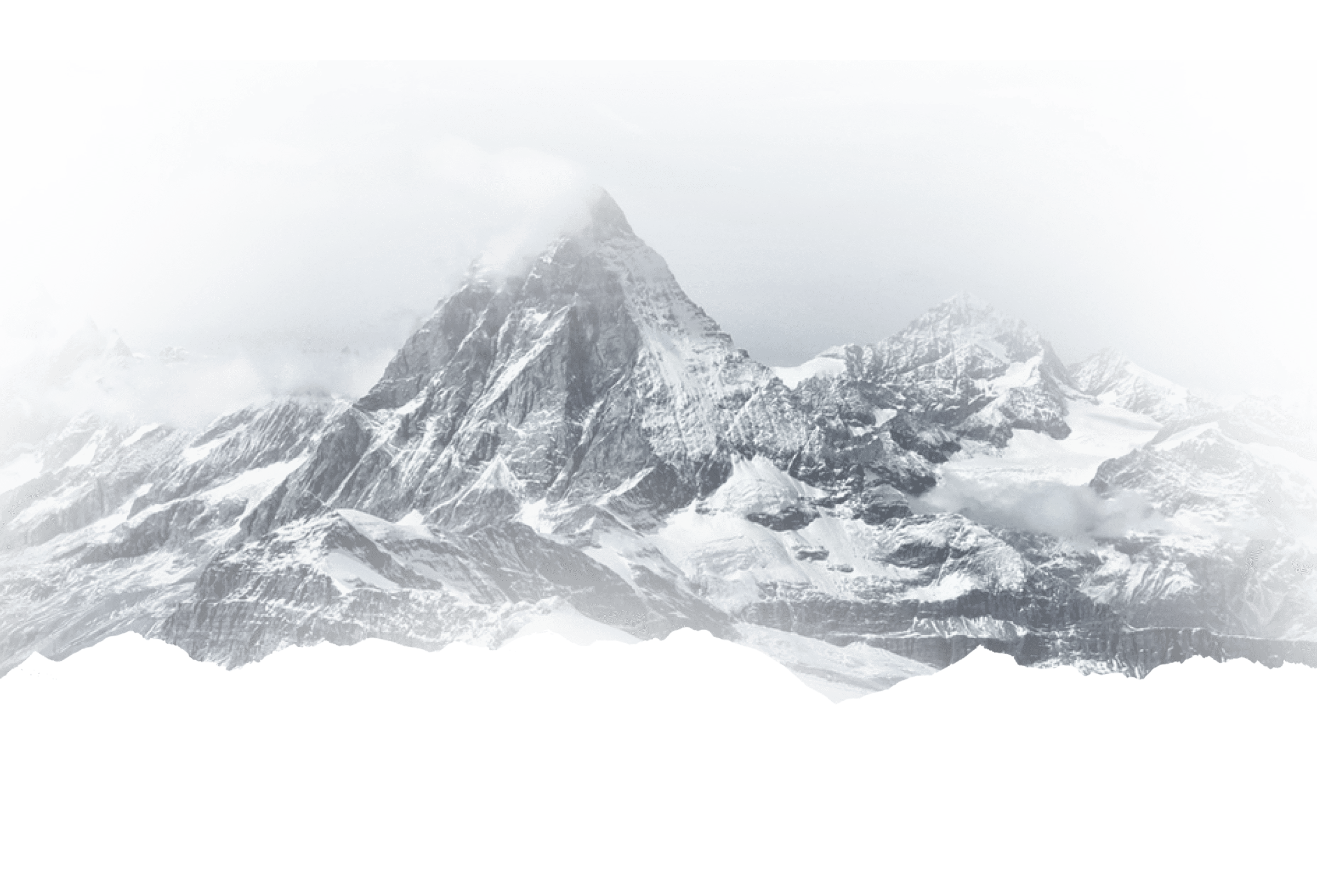
Не были закреплены страховочные перила, образовалась очередь
На участках подъема находятся узкие места — под Южной вершиной и перед ступенями Хиллари. Для преодоления участков необходимы были веревки, но их не закрепили. Гиды Анатолий Букреев и Нилл Биделман стали крепить веревки самостоятельно, и все это время альпинисты ждали и теряли время.
09
:
58



Нарушено время возврата. Спуск должен был начаться в 13:00
У всех попыток восхождения есть время возврата — время когда необходимо разворачиваться и спускаться с горы. Такое время на вершине Эвереста 13 часов дня. Если начать спуск позже — есть риск попасть в снежный буран, сбиться с пути, потерять все ориентиры в темноте.
15
:
10


Но к 13 часам 10 мая еще никому не удалось достичь вершины, Лишь к 16 часам последние 2 альпиниста забрались на гору.

Выше 8000м ты болеешь гриппом, у тебя похмелье, и ты собираешься пробежать марафон






Страдает не только тело, страдают и мыслительные способности. Краткосрочная и долгосрочная память, способность правильно оценивать обстановку, сохранять ясность ума и, как следствие, принимать верные решения — все это ухудшается на таких больших высотах.
Находясь на высоте лидеры не смогли адекватно оценить обстановку, и продолжали подниматься. Было очевидно, что многим участникам плохо, но все продолжали идти на штурм…



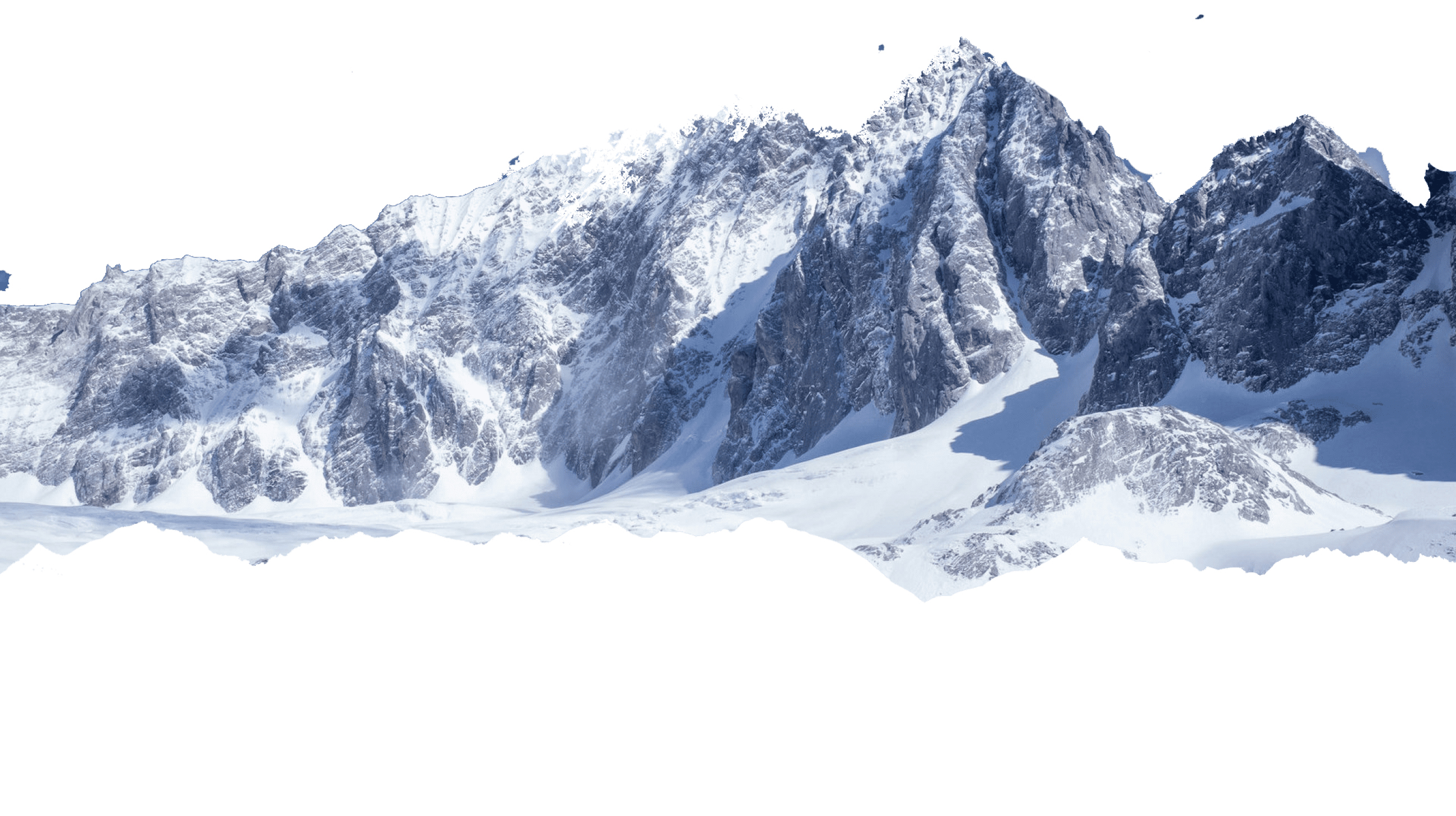
Нехватка запасного кислорода на опасных участках
Из-за того, что группа не поднялась вовремя, запасы кислорода подходили к концу, а в месте где должны были лежать запасные баллоны — они оказались пустыми.
16
:
15



На вершине Эвереста, плотность воздуха составляет всего треть от того, что есть на уровне моря. Жить без кислородной маски тут удается максимум 5 минут. Именно поэтому 90% случаев смертей на Эвересте — это те, кто оказался без жизненно необходимого газа.

Люди попали
в смертельный буран
в смертельный буран
Дорогу вниз возвращающимся участникам восхождения преградила снежная буря. Метки, указывающие дорогу к спасительному лагерю, были заметены. порывы ветра были скоростью до 130 км/ч, температура опустилась до -40 °C.
19
:
00
9 человек — потерялись в районе Южной вершины и не могли найти дорогу к лагерю в снежном буране, который ограничивал видимость. Они блуждали до полуночи, пока не упали без сил у самого края обрыва стены Каншунг.


В этой экспедиции за сутки погибли 5 человек, в том числе и лидеры групп
Лидер «Консультантов по приключениям», отстал от своей группы на спуске с вершины и замерз на высоте 8500 метров
роб холл
Потерял сознание и погиб от сильного отека мозга при спуске на высоте 8230метров
скотт фишер
Погибла в буране от переохлаждения и отсутствия кислорода
ясуко намба
Это была первая попытка подняться на вершину Эвереста, погиб от гипоксии
Энди Харис
Потерял сознание на высоте 8780 метров, и упал в пропасть
даг хансен
В этой экспедиции за сутки погибли 5 человек, в том числе и лидеры групп
Лидер «Консультантов по приключениям», отстал от своей группы на спуске с вершины и замерз на высоте 8500 метров
Потерял сознание и погиб от сильного отека мозга при спуске на высоте 8230метров
Погибла в буране от переохлаждения и отсутствия кислорода
Это была первая попытка подняться на вершину Эвереста, погиб от гипоксии
Потерял сознание на высоте 8780 метров, и упал в пропасть
роб холл
скотт фишер
ясуко намба
Энди Харис
даг хансен
спасенные человеческие жизни
Настоящим героем был альпинист Анатолий Букреев, в одиночку спасший три человеческие жизни.
Люди застряли в снежном буране и тогда русский альпинист пошёл в одиночку с запасом кислорода для погибающих. За последующие несколько часов он сумел обнаружить и вывести к «Лагерю 4» троих совершенно обессилевших, едва живых людей — Шарлотту Фокс, Сэнди Питтман и Тима Мадсена
шарлотта фокс

Анатолий букреев
санди питман

тим медсен
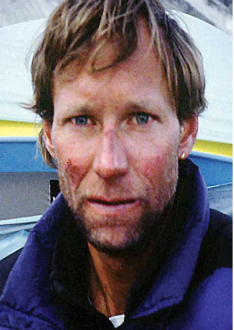

чудом удалось выжить
Во время бурана, настигшего группу на спуске, участники гибли один за другим…
Бек Уэзерс
Среди них был Бек Уэзерс. Он бредил от истощения и высотной болезни, а затем упал в сугроб. Оставшиеся члены группы не стали его спасать, так как сочли погибшим. Но чудеса иногда случаются. Бек Уэзерс очнулся! С большим трудом он поднялся из сугроба и спустился вниз в одиночку. Даже для человека, полного сил, это было непростой задачей. Здесь же — что-то на грани фантастики!

Экспедиции были ОРИЕНТИРОВАНЫ исключительно на извлечение прибыли, в них могли принять участие все желающие.
Капитализм – жестокая вещь, поэтому в стремлении набить карманы большинство организаторов таких экспедиций не обращали внимание на физическую подготовку и высотный опыт своих клиентов.
Нил Бейдлман, гид группы «Горное безумие», еще до начала восхождения признался Анатолию Букрееву, что «…у половины клиентов нет никаких шансов на вершину». Такой подход ставит под угрозу не только жизнь самих клиентов, но и успех всей экспедиции — на высоте нет права на ошибку, и расплачиваться за нее будет весь коллектив.


Так отчасти и произошло с «Консультантами по приключениям» и «Горным безумием», когда некоторые их клиенты расходовали непомерное количество кислорода, задерживали остальных на маршруте, отвлекали гидов от серьезной работы и, в конечном счете, не смогли самостоятельно организовать собственное спасение.
Если ты готов заплатить 65 тысяч долларов США за негарантированную попытку восхождения, то ты автоматически становишься героем в глазах того, кому ты платишь деньги. Из-за такого подхода в коммерческие экспедиции зачастую принимали людей, заведомо неспособных взойти на вершину.
В начале 1990-х стали появляться первые коммерческие экспедиции

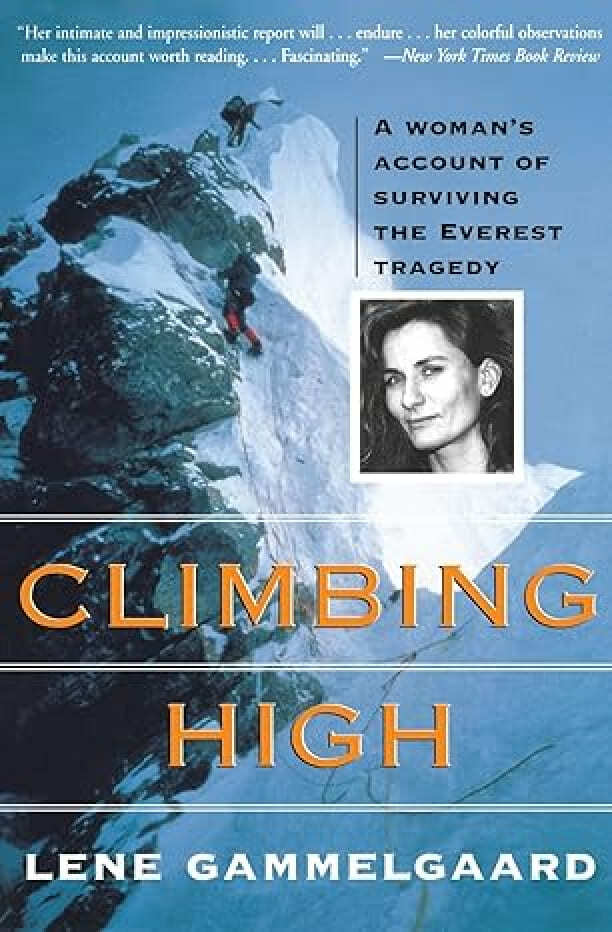
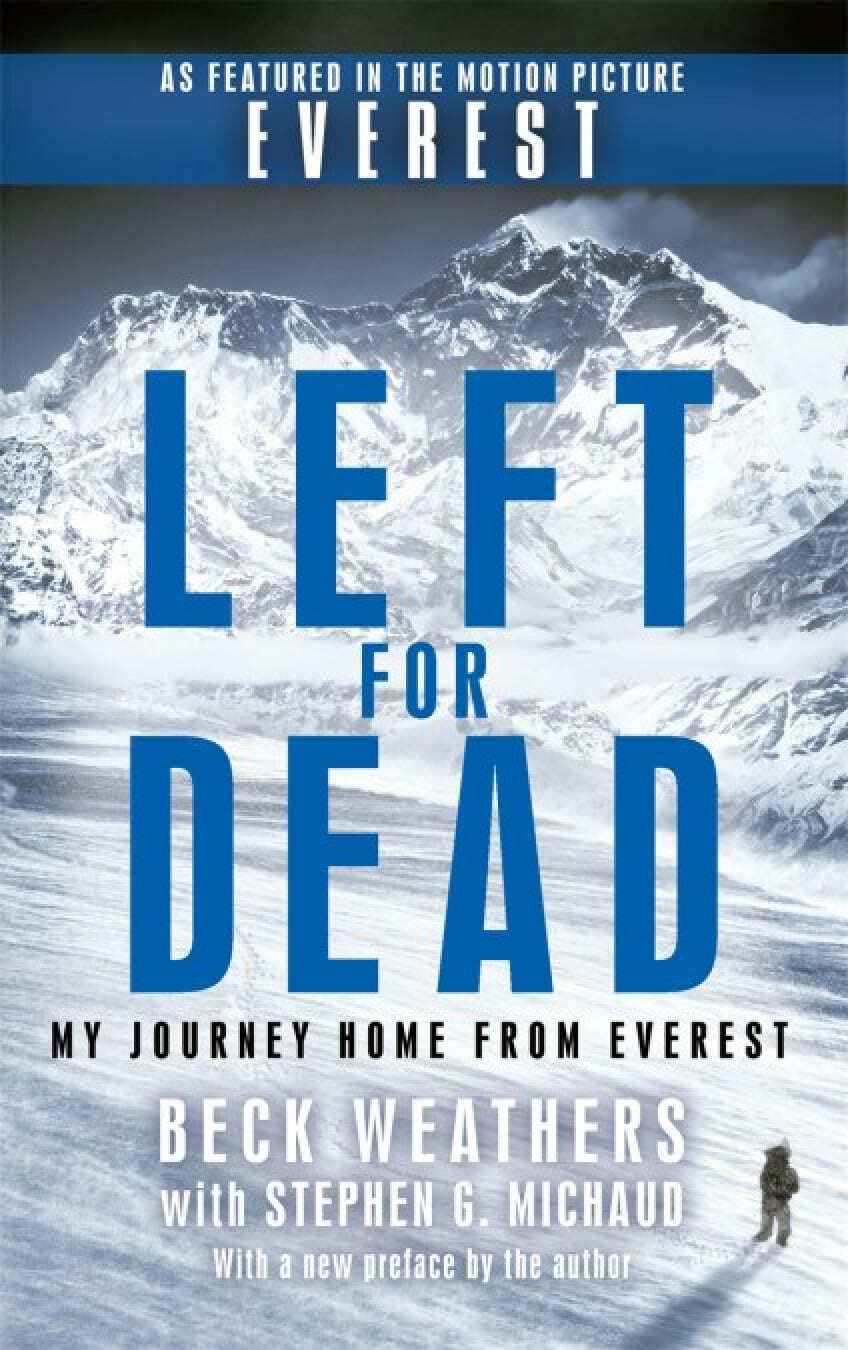
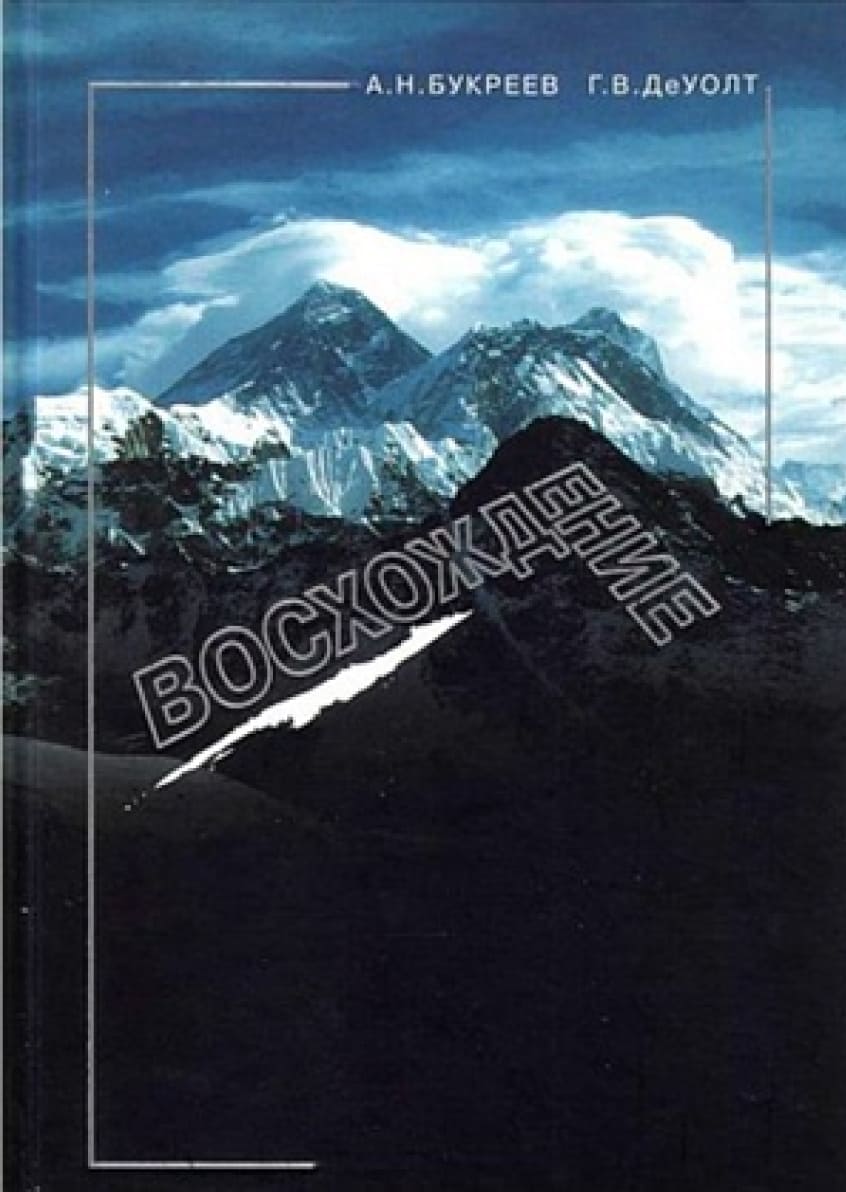

Восхождение на Эверест всегда будет рискованным мероприятием. Если Вам нужна безопасность — просто не ходите в горы
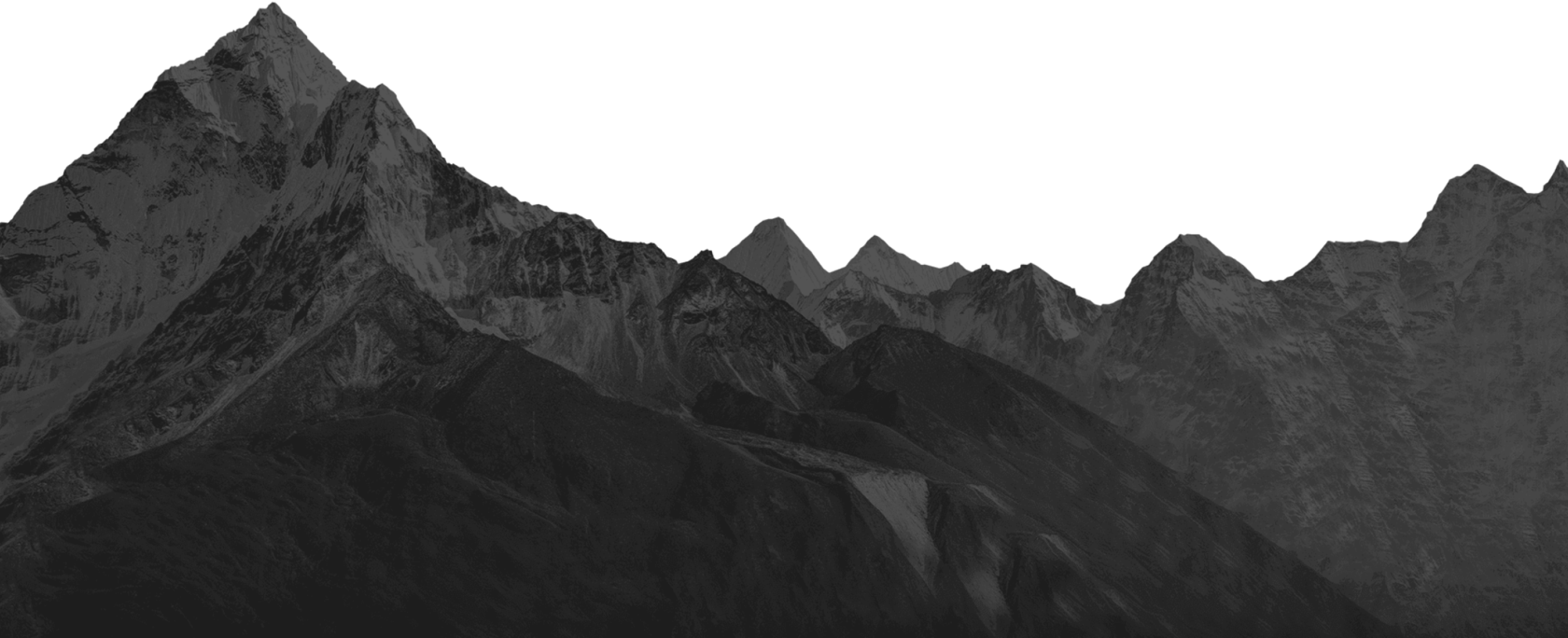
LET'S GO!
Все материалы взяты из открытых источников. Проект не является коммерческим
Проект сделан в рамках обучения на курсе https://sasha-sasha.ru
Нередко Эверест называют кладбищем для неприкаянных душ. Жесткие погодные условия и сложности маршрута, а так же нехватка воздуха приводят к тому, что нормы морали здесь попросту перестают работать. Единственное, что включается на этом пути, - инстинкт самосохранения, без которого выживание невозможно

Часть видео материала предоставил Владимир Котляр. Фильм "Взойти на Эверест"



